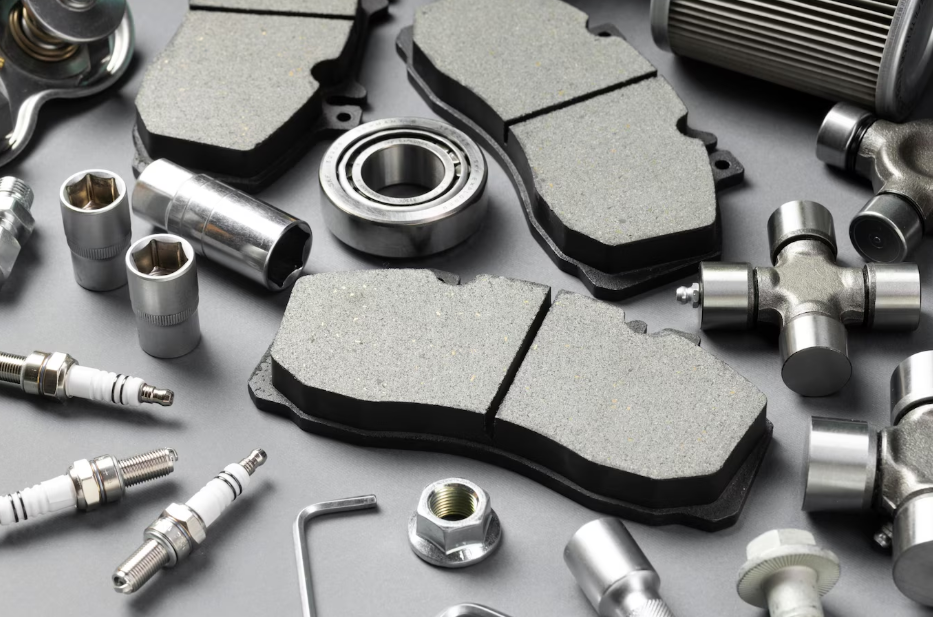No one can discuss the efficiency of 3D printing procedures to create a prototype in 2018. For many rapid prototyping services building models by hand or crafting tooling has stopped being cost efficient since 3D printing works just as good, with more precision and the upfront cost of getting the equipment has tremendous return values. Even with a wide range of information available, there are too many manufacturers outsourcing their design processes to save costs. In the following lines, we are about to make a very objective listing of pros and cons on why getting a 3D printer for your in-house design efforts suits you better than handle it over to a third party.
Table of Contents
TogglePros:
· It’s Time-Effective
If you are a new developer in the manufacturing field, you will notice how quick are the turnaround times asked out of your clients for a prototyping and full production run. By having a 3D printer in-house, you will be able to handle all stages of the process without having to wait for an outsourcing party to hand you over the design or make revisions.
· It Raises the Bar of your Services
As soon as your clients learn of your ability to handle all the stages of their manufacturing you will get more business from them. A simple test run where you have the chance to show off what your rapid prototyping services can manage will have you dealing their revisions and redesigns in no time. They will get their products more quickly, and your profile will draw more attention to potential customers.
· More Creative Control
By avoiding the use of third-party services, you will have a say in the creation of the projects you are working on as long as you have the right creative team backing you up. Hire a designer and an engineer to handle the proper revisions to every project, offer your insight if you see any potential problems. Your clients will be grateful for it.
Cons
· Low Printing Volumes
If you are a manufacturer that already has a reputed name and you suddenly offer to handle designs, your clients might be a little skeptical about your ability to deliver them, especially if you have proven to be able to manage outsourcing efforts. This, of course, will lead to low printing volumes until you manage to make a breakthrough with a new client and word of mouth works on your favor.
· Learning Curve
Having to put resources into making someone on the company learn everything they can about 3D printing is one of the biggest obstacles holding back many manufacturers. Yes, getting access to this tech is really easy now, but it’s also very complicated to learn everything you need about it without the proper training.
· Lack of Resources
The number of things preventing a manufacturing company from taking the next step can be implicitly wired to the way they work: they already have a network of clients needing their outdated technology to work with specific materials after a preferred fashion. They could just lack the physical space to accommodate the new tech. They don’t have the money for it. You name it.







